When to remove smoking tobacco (self-garden) from the garden and how to dry it?
The fashion for self-garden came after the desire of our contemporaries for everything natural and environmentally friendly. You need to remove tobacco after the leaves reach maturity. The workpiece does not take place immediately, but alternately. Then the raw material is subjected to a fermentation and drying process. The output is flavored tobacco for smoking. Waste from such production can not be thrown away, but used as fertilizer in the country.
Cleaning times
Harvesting tobacco begins with the collection of leaves after they reach maturity. When determining the timing of cleaning, they are guided by external signs:
- leaves become denser, their surface begins to stick;
- leaf plates acquire a greenish-yellow color;
- light spots appear on the petioles (places where starch accumulates);
- in the upper part of the bush, the edges of the leaves become wavy;
- the leaf petiole is effortlessly separated from the stem;
- leaves cease to rise closer to night.
The tobacco bush grows in several tiers, on one plant there can be from 4 to 8. The harvesting of raw materials occurs alternately, it begins with the lowest leaves. The first layer of foliage reaches technical maturity in 40–45 days from the moment of planting, simultaneously with the beginning of flowering.
Leaves should not be plucked prematurely, since a sufficient amount of nicotine is formed in them only after full maturation. Overexposing the leaves on the bush is also not worth it: the quality of raw materials in this case deteriorates. It is permissible only to delay the cleaning a little. Overripe leaves lose their density, brown spots appear on them, and the color becomes bright yellow.
Self-garden is removed from the garden in the late afternoon in dry weather. Ripe leaves give a click when they break off from the stem.
If the petiole is flexible and does not break off, but crumples, then the tobacco is not ripe. Leaves can be difficult to separate even when the plant is affected by pests. Such raw materials are used to prepare compost or fumigate a garden.
Bile and longing
Initially, the leaves are kept at high humidity and temperature. This procedure is called bile and languor. During the primary processing, chlorophyll disappears from the tobacco. This requires a temperature of + 25–35 ° C and a humidity of about 90%.
Before the procedure, the leaves are pre-washed and dried. Then the raw materials are laid out in cardboard boxes, covered with a damp cloth on top. Keep such boxes in a greenhouse or warm basement. Several times a day, the leaves are turned up, preventing the appearance of rot and mold.
The duration of soaking depends on the type of tobacco. Exposure of light varieties takes 3-4 days, dark green leaves languish for a week. If the raw material was placed in a cellar where the temperature could not be maintained, the simmering time must be extended. The appearance of the leaves will eloquently indicate the completion of the process - they will become lethargic and completely turn yellow.
Fermentation of raw materials
After languishing, the final fermentation of the tobacco is carried out, which promotes the release of nicotine accumulated in special plant cells.
A popular method is used in which the procedure is carried out using whiskey, cognac, grape wines:
- The leaves are pre-cut into strips, placed in a three-liter jar and poured with a small amount of cognac or other aromatic alcohol-containing drink (1 tbsp. Spoon per 10 g of raw material).
- The container is closed with a lid and shaken vigorously so that the leaves are evenly saturated with the composition.
- Then the jar is placed in a dark place, where it is kept at room temperature for a week.
- After the completion of the fermentation process, the tobacco is laid out in a thin layer on paper and dried.
Such samosad acquires a noble, rich aroma.
In the second method, stewed tobacco leaves are stacked in a 1 cm thick pile and placed between two plates of suitable width. The planks are fastened in several places with clamps so that the leaves are as thickened and compressed as possible. Then the blanks are placed in a warm place for 2 weeks, after which the tobacco is wrapped in foil and finally dried on a battery.
Drying process
There are various ways to dry smoking tobacco. The main thing is for the sushina to reach the required condition. Readiness can be determined by the color of the tobacco leaves. They should be light brown or chocolate brown and crumble easily in your hands. Leaf veins of dried raw materials are fragile and brittle. The main criterion for proper drying is the pleasant tobacco aroma coming from the crushed raw materials.
If the leaves are dry, they will turn black and take on a pungent odor.
After drying, the raw materials must be sorted by color. Light tobacco is set aside for long-term storage, darker tobacco can be used first. The burnt edges are cut off, the completely black parts of the leaves are discarded.
On air
You can let the raw material dry naturally by hanging it in the sun or spreading it out at home on a windowsill, near a radiator. To dry the leaves in a suspended state, they are first strung on a thin twine, placing them not closely, but at some distance from each other for free air circulation.
In rainy weather, raw materials are transferred from the street to the attic or hung under a canopy. For street drying in the evening, gauze is poured over the leaves to protect the tobacco from dew.
If the shag is dried at home on a horizontal surface, the raw material is laid out in a thin layer and periodically turned over to dry evenly. Complete drying of leaves occurs in 2-4 weeks - depending on the level of humidity and air temperature.
In an electric dryer
Tobacco leaves can be dried in an electric fruit and vegetable dryer. The simplest models of such a device cost about 3,000 rubles. The device allows you to speed up the drying process. In addition, with this method, you can shorten the simmering time, allowing the leaves to turn yellow only by 1/3.
The convenience of an electric dryer is that the temperature regime in it is maintained automatically. Initially, the temperature is set at +33 ° C and gradually increase it to +70 ° C over 5-7 days, adding 10 ° C daily. Leaves inside are placed on metal gratings in one layer.
In the oven
When dried in the oven, a strong dark shag is obtained. This method is most closely related to the technology of tobacco production in factories.
There is no need to preheat the oven. The leaves are placed inside on a baking sheet covered with parchment, spreading them in one layer.
Raw materials should not be allowed to burn. It is best to place the baking sheet on the topmost tier of the oven. Drying time depends on the strength of the tobacco you want to obtain. When dried for 8-10 hours, the shag will turn out to be soft, to strengthen the strength, the time is extended to 16-20 hours.
Grinding and storage
For use in smoking pipes or cigarette sleeves, tobacco is cut in tobacco cutters. Some get by with the devices that are in their kitchen, for example, a noodle cutter.
Slicing can be fine or coarse. Large particles (up to 3.5 mm) retain the aroma better, but burn worse.
Many people prefer to store dried tobacco leaves whole and shred them just before use. A metal sieve is often used for cutting in a simple and quick manner. Pre-cut the central leaf vein.
If you do it, you can cut the leaves of the samosad with an ordinary knife - over time, experience will allow you to get a tobacco mass of the same fraction.
You can grind tobacco into powder (for use as fertilizer or insecticide) using a coffee grinder. If large particles remain, the raw material is sieved through a sieve and the grinding procedure is repeated.
During work, gloves and a respirator must be used. Tobacco is severely irritating to the respiratory tract and skin.
Properly dried tobacco retains its quality for up to 5 years. You can store it at room temperature in any sealed container: glass jars, plastic containers, plastic zip bags, metal containers. When moisture gets in, sushina acquires a putrid smell or becomes covered with mold. You cannot use such tobacco, it is thrown away.
There is nothing tricky in growing a self-garden on your site. Having learned all the intricacies of harvesting, fermentation and storage of raw materials, you can get high quality smoking tobacco at almost no cost. Planting different varieties and comparing them during the subsequent tasting will make this hobby even more fun.
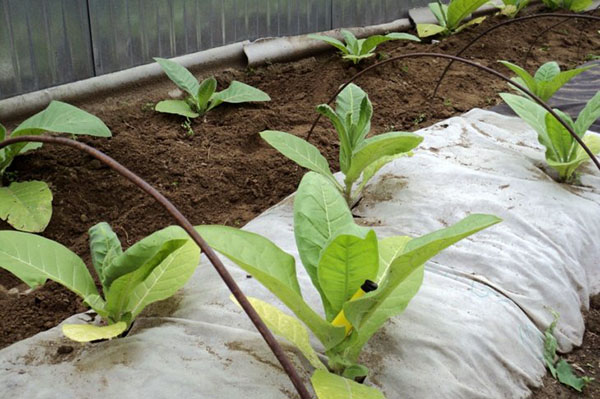

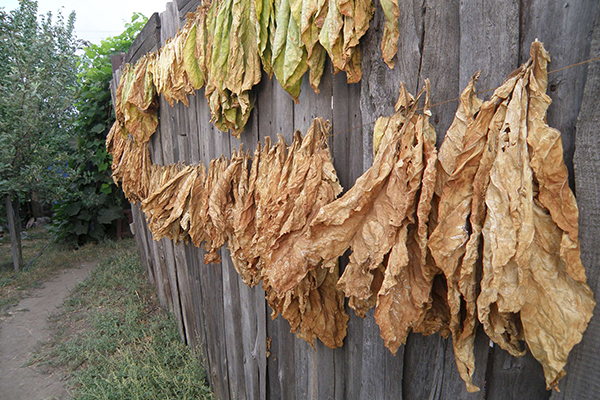
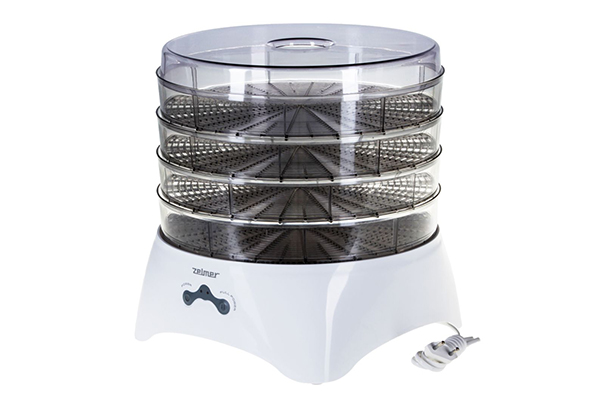
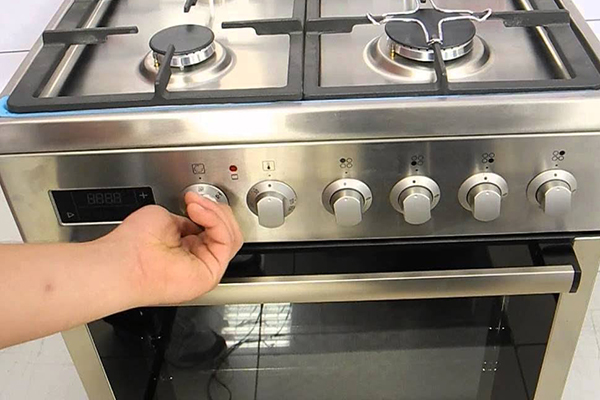

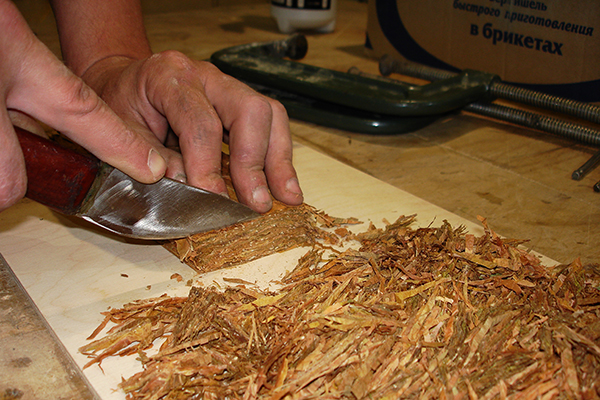

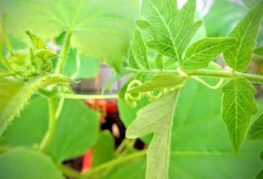
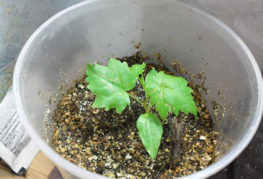
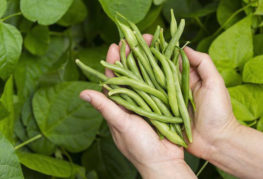
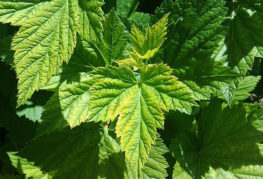
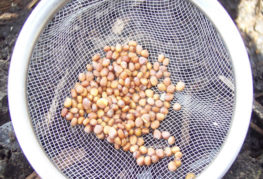
and will be published shortly.